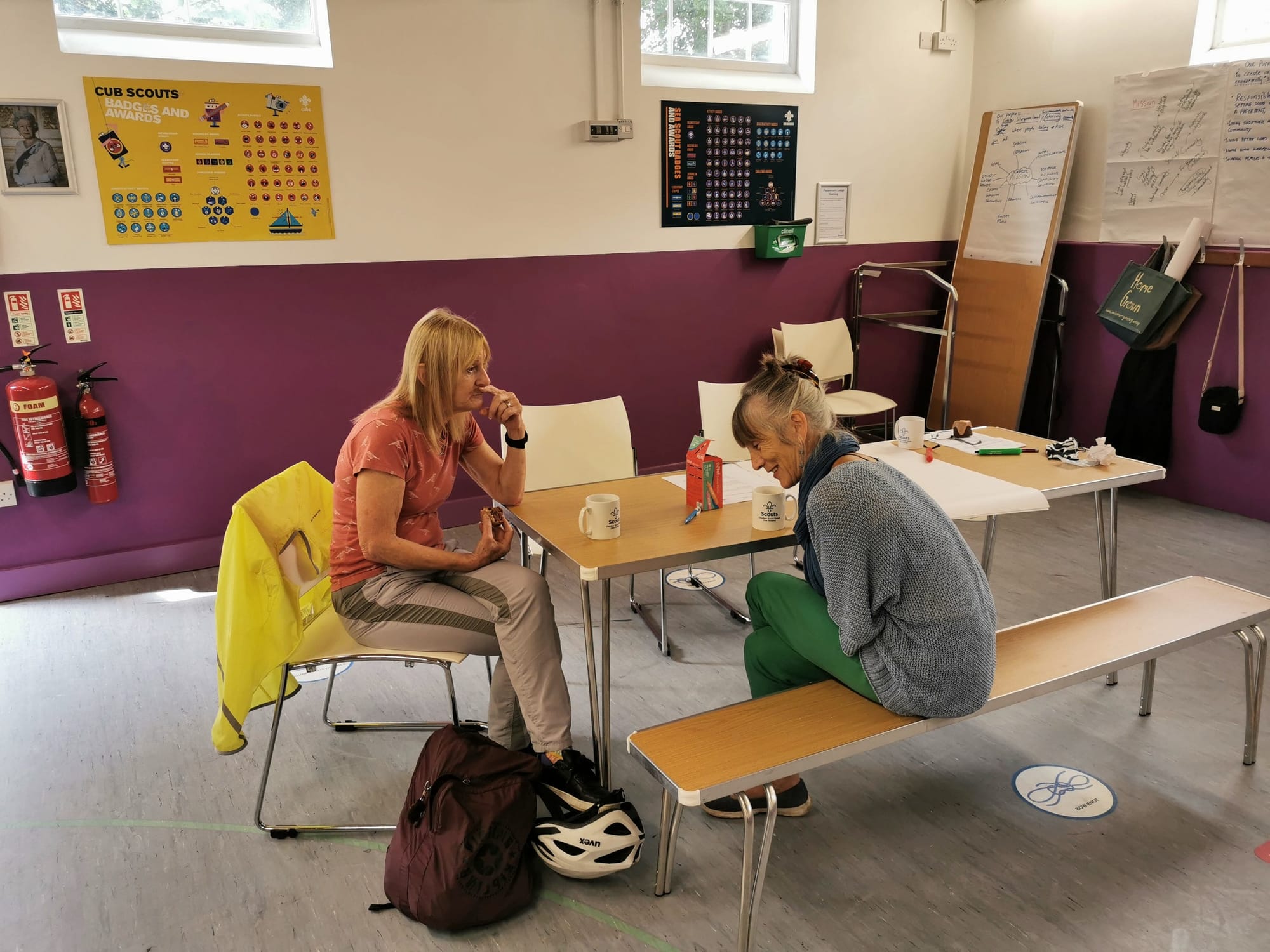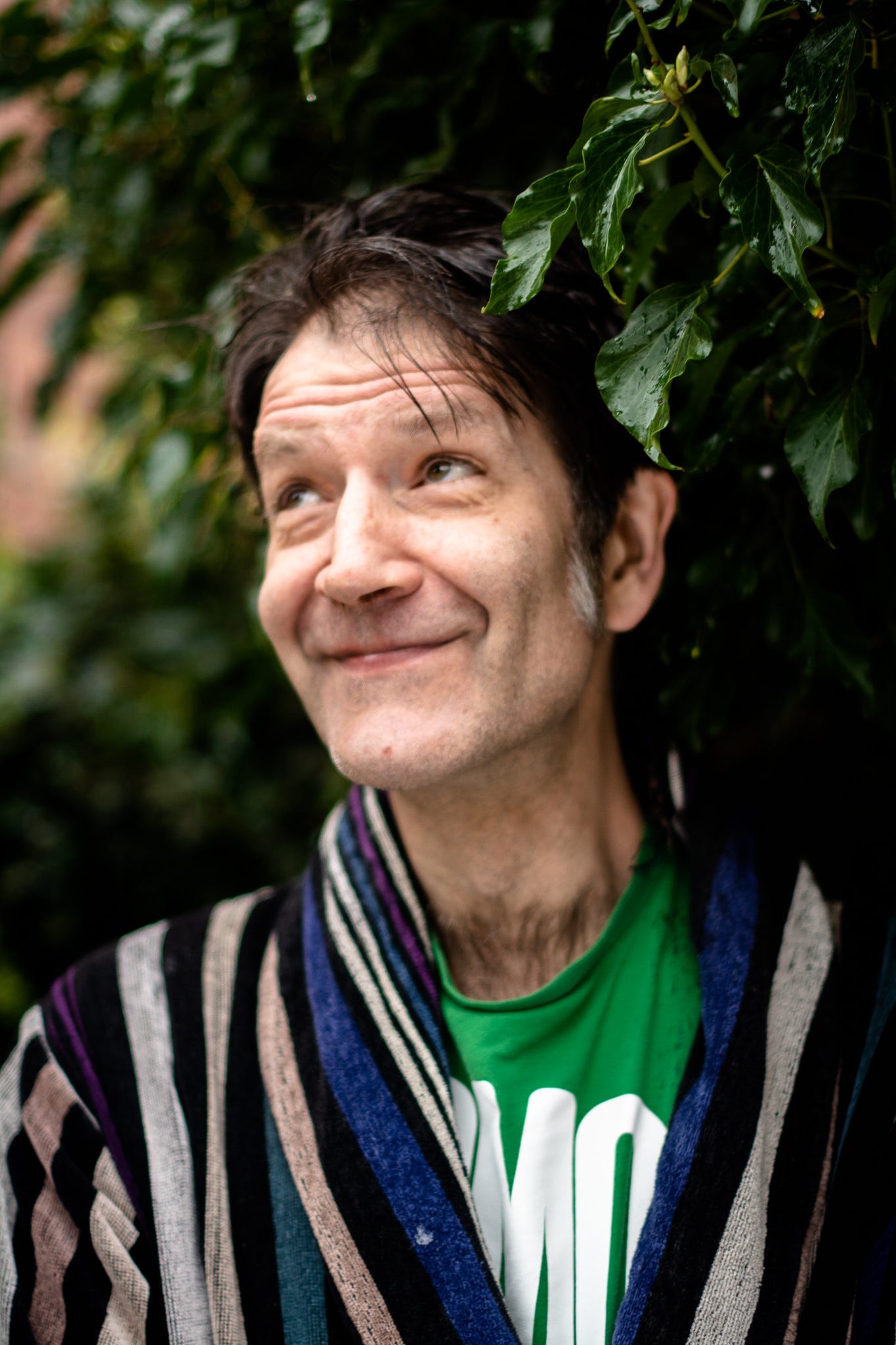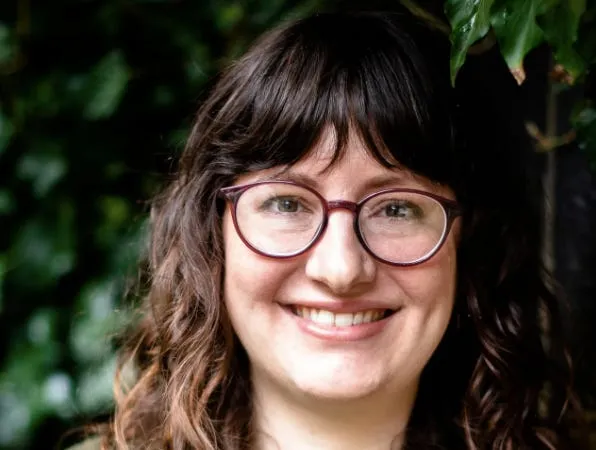By Jack Walton
“Does it really make sense for everyone to own their own board games?” asks Lucy Gara, somewhat randomly midway through our chat. It’s an interesting question though. We only use them occasionally, so why not share them communally — as we do with Netflix subscriptions. Hasbro bosses might baulk, but do we all really need our own?
See also: power drills, lawnmowers (most shed stuff), screwdrivers, jigsaw puzzles, specialist kitchen utensils, certain books and even cars. Reduced Ludo expenses aren’t the primary motivation of this movement, but it’s worth considering.
I’m at a gathering of Manchester Intergenerational Cohousing (MICO) — a group of people aiming to create and build the city’s first net-zero cohousing development: an intentional community designed and run by the residents. The emphasis is on a communal way of living: shared board games, shared life. They meet regularly, this time at member Sian’s kitchen table.
Making the development an eco-build is key. They aim to build to Passivhaus — an architectural standard popularised in German-speaking countries and across Scandinavia that aims to reduce carbon footprint and produce ultra-low energy buildings, although building costs in this style are already high and they are rising.

MICO’s development is currently a drawing. The truth about these projects is that they are famously difficult to get off the ground. The group has focused in on potential sites for the build several times, but getting the necessary financial backing from developers has been a road block.
They believe the investment makes sense given the ecological benefits and the longer-term financial upsides, including energy bill savings and shared costs. And they would like backing from the council. “The idea that they aren’t chucking land at us is crazy,” says Lucy, who is in her 30s. Hilly, another member, adds: “It’s incredibly irrational when we’re marching towards a climate emergency, it becomes impossible for people to buy a house to eco standards in certain areas.”
A large proportion of cohousing groups in the UK do find themselves in this seemingly eternal state of planning-stage limbo. Still, they draw inspiration from those that have sprung into life, like Lilac in West Leeds which contains 20 eco-build households. Several MICO members have visited and all have returned impressed.
“Another key thing is having a much lower parking provision,” says Lucy. Generally, cohousing developments have a few parking spaces for those who need it most and a few electric car share spaces around the edge, meaning all the houses can overlook a central shared space — a bit like a courtyard. The space is designed with communality in mind, and wouldn’t need a main access road leading in.

They are planning for 20-30 properties on the site with a mix of apartments and houses — some of which will be accessible for senior members. The logic is that houses in general can be a little smaller because certain things are shared — laundry facilities, a workspace, allotments, a common house and a yoga room. They also want — where possible — to have outward-facing aspects of the development that the broader local community can come and use.
You can see the logic, even if the people behind these plans can sometimes exude an evangelical certainty that appeals to “early adopters” but puts off normies. Lucy is adept at batting away the misconceptions that might be advanced by non-believers. “Oh like a gated community is it?” she imagines them saying, or “so it’s like a commune then?” She remembers inviting several members of the group round to her parents’ house one evening. Expecting a gang that looked like they’d stepped straight out of some grainy old Woodstock footage to rock up in their living room — psychedelic tie-dyes and straggly manes — her parents instead exclaimed in surprise: “They’re actually quite normal aren’t they?”
Bad landlords
The roots of communal living are set deep. Early Homo sapien hunter-gatherers communed in wall-less encampments and pooled food and resources. Medieval feudal vassals gathered in the lord’s court. Monks lived communally in their monasteries. In his 1997 book A World of Their Own Making: Myth, Ritual, and the Quest for Family Values, the historian John Gillis describes how Europeans in the Middle Ages lived together with extended family and assorted townsfolk — servants, orphans, unrelated children and other random stragglers.
More recently, the Kibbutz movement offered utopian-style agricultural settlements in Israel, many of which were very successful in the 1960s and 1970s and some of which survive to this day. Shrivelled down households of neat little family units are very much a modern concept. But communal living is resurfacing.
The cooperative living scene in the UK emerged out of the squatting scene in the 70s and 80s and has blossomed since. It offers a departure from overpriced house shares, isolated living and — in the case of certain residents of the Cordata housing cooperative in Manchester, who I went to meet recently — the scars of bad landlords gone by. In many ways, this is the reincarnation of a theme as old as the Neanderthals. I find the Cordata members not in a primate’s cave though, but instead in a quaint residential area of Didsbury; ashtray by the door, Jeremy Corbyn’s cartoon likeness poking out from an upstairs window.
The back garden is overgrown, post-winter style, and overlooked by a tall, orange back wall. The wall is insulated with coconut husk — one of several eco properties of the house (it’s part of the Ecological Building Society and has rainwater harvesting as well as windows that allow UV to pass through easily). One by one, members of Cordata appear — five in total (one not present) and shuffle out into the garden.

The group are mostly in their 20s and 30s. They all work — musicians, community workers, a menswear designer and others. And to parrot the language of Lucy’s parents, they’re all “quite normal.” Longest-term member Morgan best fits the old-school hippie image, with his unkempt hair, slow drawl tone and retro sartorial picks — Nike tee and patchwork jeans. But this is no radicalised den of drug-addled debauchery. It’s tea and toast on a Sunday afternoon in the garden.
Unlike cohousing, which is self-built and owned, most cooperatives are renters. The group lease this building from the Cooperative Living Freehold Society (CLFS), of which they are members. The CLFS is a non-profit quasi-landlord, buying and fixing up houses in which co-ops can form.
Cordata members pay just over £400 a month for a room, which member Nathaniel Edmonds describes as his “upper limit” but thinks it’s worth it given the garden, a large basement space with a workshop and an allotment they have down the road. The communal aspects are a large part of the draw, but the escape from landlordism and steep rental increases elsewhere are perhaps an even bigger one. House issues are sorted by regular meetings.
Lily is the resident treasure trove of landlord horror stories. For example, there was the too-good-to-be-true £350 a month rental in Stratford, in east London, years back when she was working in a school. When she asked the agency to check a crack in the ceiling one day they dismissed it. Days later she returned from work and half the ceiling had fallen in. A water tank in the loft had burst and flooded the room. She was compensated with one night in a hotel.
She remembers returning in the following days to fish her possessions out of the wreckage, many of which became mouldy and destroyed. She retrieved a childhood teddy bear and some degree certificates and left the rest to rot. “When I was in London I moved 12 or 13 times in eight years and worked out that I had 57 different housemates in total,” Lily says.

At this point Morgan — the longest term member of the house — emerges into the garden; a rollie dangling from his mouth and eyes squinted at the sun, and unspools the landlord story to end them all. “It was like Pulp Fiction or something,” he begins, mentally calculating the potential risk that telling the tale could come back to haunt him in between drags. “It turned out the landlord was a full-on gangster…”
A Mancunian-Bangladeshi man he’d been renting with had attempted to con his landlord with a tall tale of a £4,000 hash deal imported from Holland. The landlord financed the deal but the man fled with the loot. The landlord eventually tracked down his thief when the former roommate inadvertently stumbled into the path of one of his associates whilst trying to change his housing benefit. “Micky got his crew together, essentially kidnapped him and took him to a basement and basically tortured him,” Morgan concludes, before accepting that this story probably isn’t representative of the rental market at large.
Gangsters and hash deals notwithstanding, there is now growing concern about the power of landlords in a country where 20% of people live in privately rented accommodation, compared to 10% back in 1997. And Manchester rents are rising fast — up by 40% since 2011, more than twice the national average, according to the Greater Manchester Combined Authority.

“If you don’t live a certain lifestyle and work a certain job and make a certain wage then you can end up priced out of your own city,” says Nathaniel. Victoria Ellis, who has lived in Cordata for four years, believes that while this is a national issue it feels even more acute in Manchester. “The problem feels very in your face here at the moment,” she says.
Soft living
To Lucy and the MICO group, the smaller things are some of the greatest motivations to pursue shared living. She knows of one group where whenever a baby is born, everyone cooks for that family for a week. “It’s so little effort on the part of each household but it’s such a beautiful thing to be able to do,” she says. “It’s not something that would happen in my building at the moment.”
The conversation returns to board games. “At the end of the day when you’ve finished work do you really want to then drive 30 minutes to go and meet someone?” says Phil, whose previous experience of these worlds includes a stint at what transpired to be a religious cult in California. “But if you can just put a text in a WhatsApp group that you’re headed to the common room if anyone fancies a game or a film, then you will.”
Jane is less interested in the site itself and more interested in being part of an active community. “It’s something I care more about as I get older. Sharing some of the collective decisions that if you’re on your own weigh heavier.” Sian agrees. “If you have an operation or are just ill, it’s about having people around to set up a rota to make sure you’re fed and that sort of thing.”
In 1999 Danish housing association Lejerbo moved a group of seniors into cohousing and assessed them over a 10-year period. Loneliness fell from 85% to 10% and most said they felt more positive about their health. Similar studies have yielded similar results, some even claiming it can extend a person’s life. “When you look at people who have made it work, you realise that it really is the future,” Jane says.
To get journalism like this from The Mill in your email inbox every week, join our free mailing list by clicking the button below.

Comments
How to comment:
If you are already a member,
click here to sign in
and leave a comment.
If you aren't a member,
sign up here
to be able to leave a comment.
To add your photo, click here to create a profile on Gravatar.






